In recent years wearable technology has made impressive strides, transforming many aspects of our daily lives. One area where its impact is particularly notable is outdoor adventures. From hiking and cycling to mountaineering and camping, wearable tech is reshaping how we experience and navigate the great outdoors. This article explores how innovations in wearable technology are enhancing navigation, improving safety, boosting health and fitness tracking, refining communications, and the emerging role of augmented reality (AR) in this field.
1. Enhanced Navigation
Navigation has always been a critical component of outdoor adventures. Traditionally, adventurers relied on physical maps and compasses, tools that, while reliable, required skill and experience to use effectively. Today, wearable tech is revolutionising navigation, making it more accessible and accurate than ever before. Devices such as GPS-enabled smartwatches and fitness trackers have become indispensable tools for outdoor enthusiasts.
Modern wearables like the Garmin Fenix series are equipped with advanced GPS functionality, offering detailed maps and real-time route tracking. These capabilities ensure that hikers and cyclists can follow their paths without the risk of getting lost, which is particularly useful in remote areas where traditional navigation aids might fall short. The integration of GPS in wearable devices means that adventurers can now explore with a new level of confidence, knowing their exact location at all times.
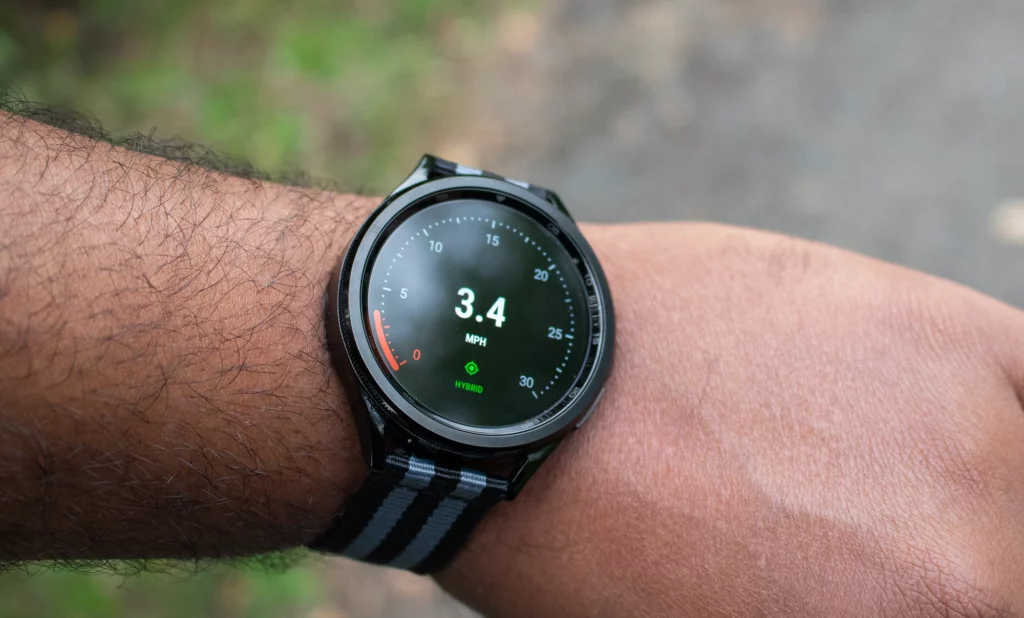
Some wearables provide interactive navigation features by syncing with mobile apps. Smartwatches powered by Wear OS, for instance, offer seamless integration with Google Maps, enabling users to access real-time navigation and route guidance directly from their wrists. These features are especially valuable in complex terrains or unfamiliar areas, providing real-time updates and helping users stay on course. Imagine embarking on a long hike in a dense forest or cycling through a labyrinth of mountain trails; having a device that guides you every step of the way can be a game-changer.
Another significant advancement in navigation is the ability to set waypoints and leave breadcrumb trails. Waypoints allow adventurers to mark significant locations along their journey, such as campsites, water sources, or scenic viewpoints. Breadcrumb trails, on the other hand, record the path taken, making it easy to retrace steps if needed. This feature is invaluable for backcountry explorers who often venture off the beaten path and need to navigate back to specific points. For instance, if you discover a breathtaking waterfall off your planned route, you can mark it as a waypoint and easily find it again later.
2. Safety and Emergency Assistance
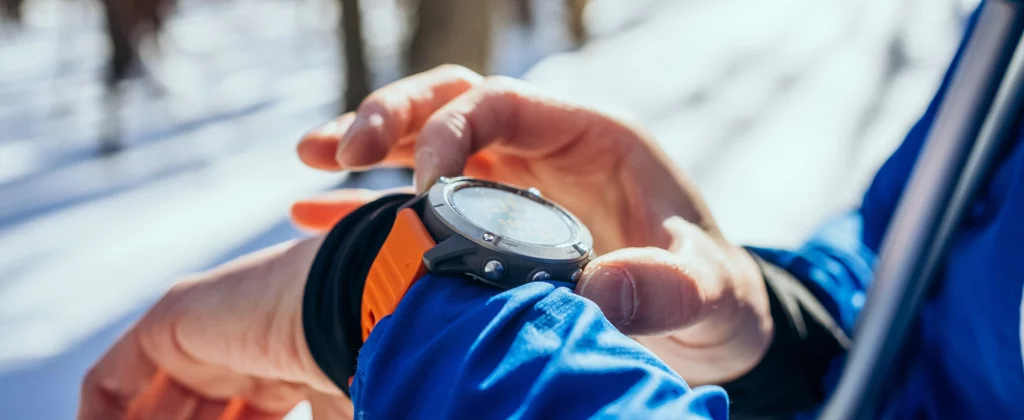
One of the most crucial safety features in wearables is the emergency SOS function. Devices like the Apple Watch Series 5 and later models have built-in emergency calling and location sharing capabilities. In an emergency, a simple press of a button can send your exact location to emergency services or pre-set contacts. This feature is invaluable if you find yourself in a dangerous situation, such as being injured far from help or encountering a wild animal. The ability to quickly and easily call for help can be a lifesaver, providing peace of mind to adventurers and their loved ones.
In addition to emergency SOS, many wearables now include fall detection technology. This feature is particularly beneficial for activities like skiing, mountain biking, or climbing, where the risk of falling is higher. If a wearer suffers a fall, the device can automatically detect the impact and alert emergency contacts or services. For example, the Apple Watch uses built-in accelerometers and gyroscopes to detect falls and can initiate an emergency call if the wearer remains immobile for a certain period. This technology ensures that even if you are unable to call for help yourself, the device can still get assistance to you quickly.
Environmental sensors are another significant addition to wearable tech, contributing to safety by monitoring conditions such as altitude, temperature, and weather patterns. These sensors provide real-time data that can help adventurers prepare for sudden changes in weather or identify environmental hazards. For instance, a wearable device can alert you to rapidly dropping temperatures or approaching storms, giving you time to take necessary precautions. Certain Suunto models include barometric altimeters, thermometers, and storm alerts, providing comprehensive environmental monitoring.
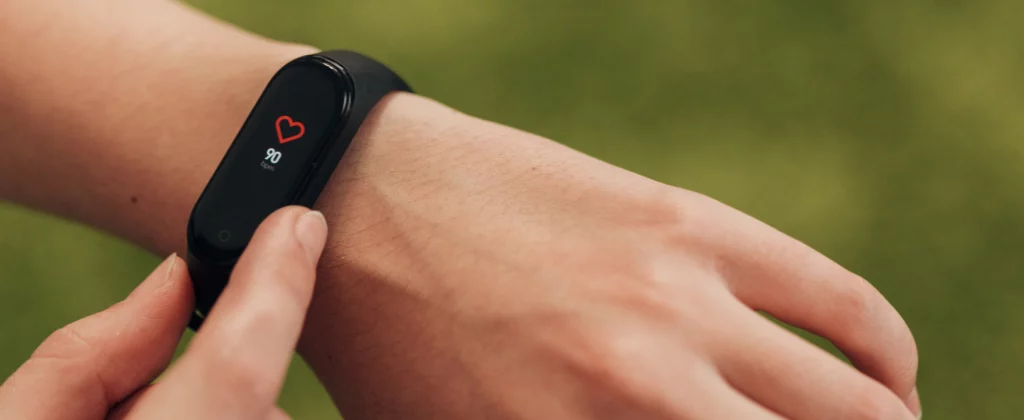
Wearables can also track and analyse physiological data to alert users to potential health issues. For example, some devices monitor heart rate, blood oxygen levels, and respiratory rates, providing critical insights into your health status. If your heart rate becomes unusually high or your blood oxygen levels drop, the device can alert you, allowing you to take action before the situation worsens. This is particularly important for high-altitude activities like mountaineering, where the risk of altitude sickness is significant.
Another innovative safety feature in wearables is geofencing, which allows users to set virtual boundaries on a map. If a user crosses these boundaries, the device can send an alert to designated contacts. This feature is useful for ensuring that children or inexperienced adventurers do not wander off too far from a safe area. For example, if you are camping with children, you can set a geofence around the campsite, and if they venture beyond this area, you will be immediately notified.
3. Health and Fitness Tracking
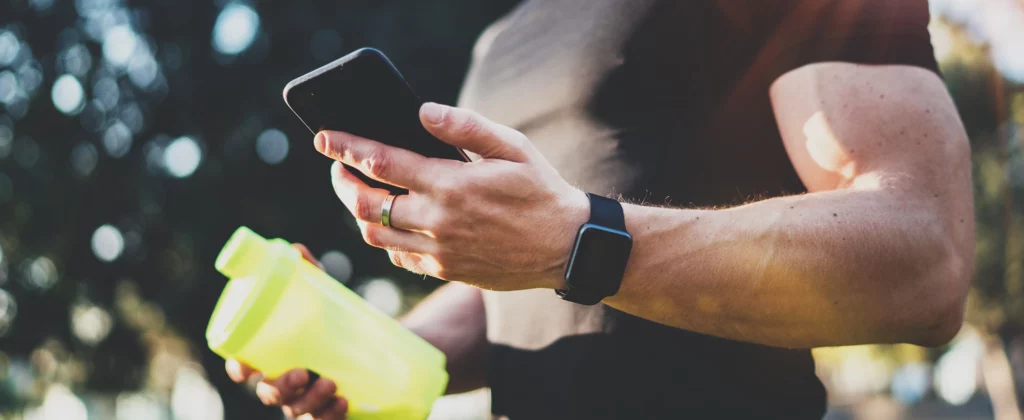
Wearable technology has significantly enhanced health and fitness tracking, providing outdoor enthusiasts with detailed insights into their physical condition and performance. Devices like the Fitbit Charge and Apple Watch are at the forefront of this innovation, offering a variety of features that monitor essential health metrics.
Modern wearables track heart rate, sleep patterns, and even blood oxygen levels, giving users a comprehensive view of how their bodies respond to physical exertion and environmental conditions. For instance, monitoring your heart rate during a strenuous hike helps you understand how intensely you’re working and ensures you don’t overexert yourself. Tracking your sleep patterns provides valuable insights into your recovery, ensuring you are well-rested and ready for the next day’s adventures.
Performance Analytics
Many outdoor-specific wearables provide detailed metrics such as distance, pace, and elevation gain. These insights help you set and achieve personal goals, whether you’re training for a marathon, preparing for a long-distance hike, or simply aiming to improve your fitness levels. For example, a trail runner can use these metrics to track progress over time, identify areas for improvement, and adjust training plans accordingly. This data-driven approach to performance can be highly motivating, helping you push your limits safely and effectively.
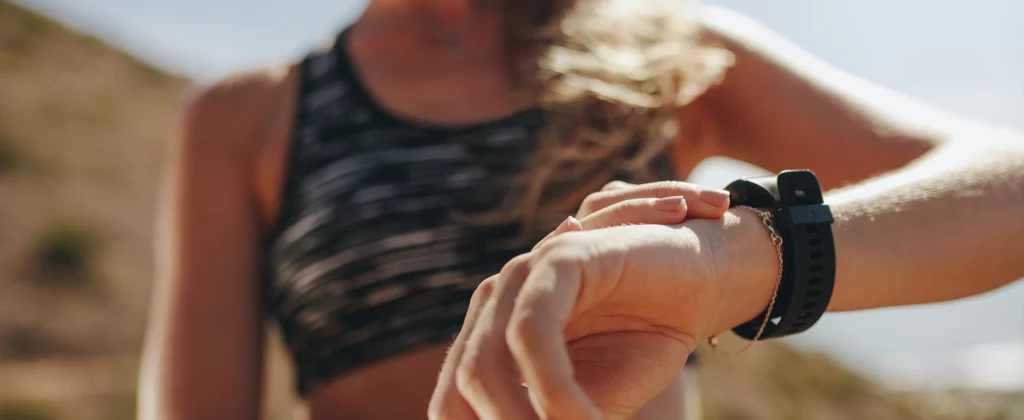
Injury Prevention
Wearable tech can play a crucial role in enhancing recovery and preventing injuries. Some devices offer guided exercises and recovery routines based on your activity levels and physical data, ensuring you give your body the care it needs to avoid overuse injuries. After a long day of hiking, for example, a wearable might suggest specific stretches or relaxation techniques to aid muscle recovery. This proactive approach can help prevent injuries, keep you in peak condition, and allow you to enjoy your outdoor adventures without setbacks and risk of long-term injury.
Workout Monitoring
Health apps and services provide a holistic approach to health and fitness. Many wearables sync with apps like Apple Health, Google Fit, and Strava, allowing users to track and analyse their workouts and health data in one place. This makes it easier to identify trends, set goals, and make informed decisions about your wellbeing. For instance, if your wearable data shows consistent sleep disturbances after intense activities, you might adjust your schedule to include more rest days or explore stress management techniques.
Heart Rate Monitoring
The use of advanced sensors and algorithms in wearable health and fitness tracking is another exciting development. Some wearables use heart rate variability (HRV) to assess your stress levels and overall health. By analysing variations in your heart rate, these devices provide insights into how well your body is adapting to stress and physical exertion.
4. Improved Communications and Augmented Reality (AR)
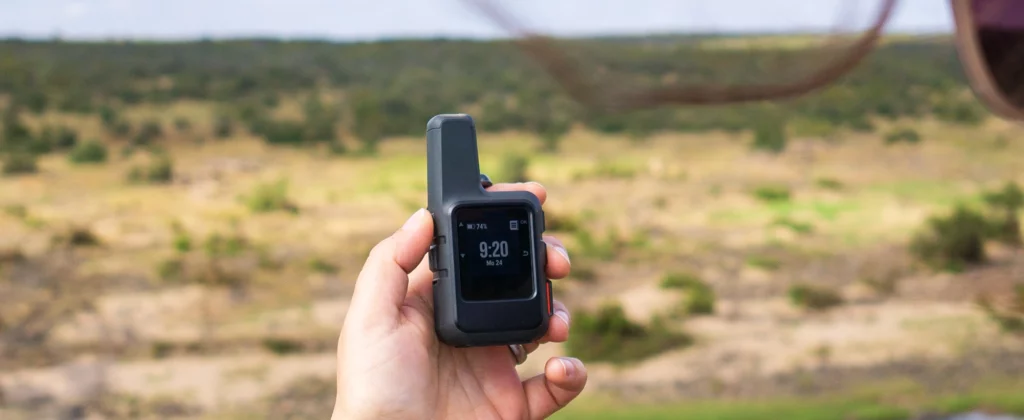
Wearable technology has significantly improved communication for outdoor adventurers, providing vital connectivity in remote and challenging areas. Devices like satellite messengers and radios, such as the Garmin inReach and SPOT X, are invaluable for solo adventurers or groups exploring areas with no mobile signal. These devices allow users to send and receive messages, share their location, and request emergency assistance from virtually anywhere, offering a lifeline that ensures greater peace of mind during adventures.
Communications
Group communication features in wearables are also enhancing the outdoor experience. Some devices support direct messaging and coordination among group members, which is helpful for managing logistics and ensuring everyone stays together and informed. For instance, a group of hikers can use these features to share their locations, send updates about trail conditions, or coordinate meeting points. This level of communication is not only convenient but also enhances safety by enabling quick responses if someone encounters a problem.
Most wearable devices integrate seamlessly with smartphones, allowing users to receive notifications and messages directly on their wrist. This integration keeps adventurers connected without having to constantly pull out their phones, which can be both convenient and safer, particularly in unfavourable weather conditions. Receiving a text message or weather alert on a smartwatch allows users to stay informed without interrupting their activity or exposing their phones to the elements.
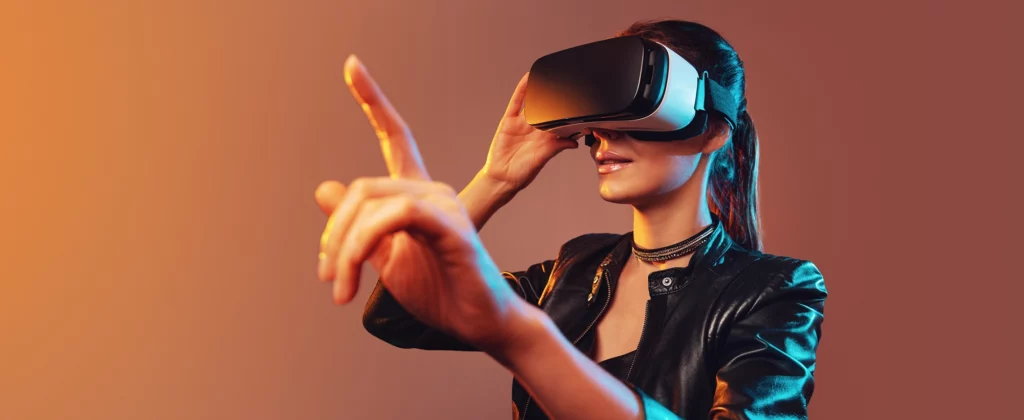
Augmented Reality
Augmented reality (AR) is another exciting development in wearable technology that promises to transform outdoor adventures by providing real-time information and enhancing the overall experience. AR-enabled wearables, such as smart glasses, can overlay navigation information directly onto your field of vision. This hands-free method enables adventurers to follow directional cues and route details without glancing down at a screen or map, helping them remain attentive to their surroundings and enhancing both safety and enjoyment.
AR can also enhance environmental awareness by providing contextual information about landmarks, wildlife, and terrain features. Some applications can identify and provide information about plants or landmarks as you pass by, enriching your outdoor experience with educational content. This technology can transform a simple hike into an interactive learning adventure, making it more engaging and informative.
Emerging AR applications are designed to turn outdoor adventures into interactive games. These apps use AR to create immersive experiences that encourage exploration and physical activity through gamified elements. For example, an AR game might involve finding virtual objects hidden in the real world, motivating adventurers to explore new areas and stay active. This gamification of outdoor activities can make them more fun and appealing, particularly for younger adventurers or those looking for a unique and exciting challenge.
5. Concluding Thoughts
Wearable technology is undoubtedly transforming the way we approach outdoor adventures. With advancements in navigation, safety, health and fitness tracking, communication, and augmented reality, wearables are making outdoor activities more enjoyable and secure. The potential of augmented reality further adds to the excitement, promising new ways to interact with and experience the natural world.
As technology continues to evolve, we can expect even more innovations in wearable tech that will further enhance our outdoor experiences. For now, adventurers can take advantage of the impressive capabilities available today to explore, track, and enjoy their outdoor pursuits with greater confidence and ease. Whether you’re a seasoned explorer or a casual weekend warrior, embracing wearable tech could well be the key to unlocking a new level of adventure.